
In Spring 1927, while Spirit of St. Louis was being built by Ryan Airline Company in San Diego, Charles Lindbergh corresponded with the Standard Steel Propeller Company of Pittsburgh regarding the best pitch setting for its ground-adjustable propeller blades.
The aluminum-alloy blades were off-the-shelf items, using a Clark Y airfoil and a twist distribution suitable for Ryan’s mail planes, upon which the design of Spirit was based. The Clark Y was a profile commonly used for propeller blades, not because it had any special aerodynamic advantage but because its flat bottom made fabricating blades and measuring their pitch angles easier.
Because the propeller’s pitch could not be changed in flight, Lindbergh had a ticklish decision to make. He could pitch the prop for best efficiency in cruise, but it would then be less suitable for takeoff; or he could pitch it for maximum takeoff thrust and give up some range. The airplane would weigh around 5,100 pounds and have a static thrust of around 700 pounds. It was not going to leap forward in any case. The runway at New York’s Roosevelt Field, where the flight would begin, was 5,000 feet long, with telephone lines just beyond the departure end. The takeoff for the Paris flight would be the airplane’s first at maximum weight. For it to not succeed would be fatal to not only the project but possibly the pilot as well.
Diese Geschichte stammt aus der September 2020-Ausgabe von Flying.
Starten Sie Ihre 7-tägige kostenlose Testversion von Magzter GOLD, um auf Tausende kuratierte Premium-Storys sowie über 8.000 Zeitschriften und Zeitungen zuzugreifen.
Bereits Abonnent ? Anmelden
Diese Geschichte stammt aus der September 2020-Ausgabe von Flying.
Starten Sie Ihre 7-tägige kostenlose Testversion von Magzter GOLD, um auf Tausende kuratierte Premium-Storys sowie über 8.000 Zeitschriften und Zeitungen zuzugreifen.
Bereits Abonnent? Anmelden
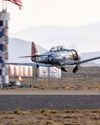
The Temple of Speed
Reno entices even this altitude-oriented pilot.

Flat Sixes
Fanatical artisans
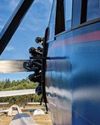
Blue over Green, Tent in Between
I’m old , I’m cranky. Why do I keep air-camping?
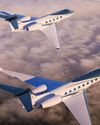
Gulfstream Reveals G400, G800
The product lineup gains large-cabin and ultralong-range mounts.
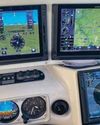
Every Airplane Requires a Checkout
Embrace the challenge of mastering a new machine.
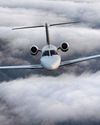
Fuhggedaboutit
Fifty-plus years of f lying forgetfulness

THE MAULE FAMILY APPROACHABLE AIRCRAFT
Choose your mount —the Maules do it all.

Sisters
“ Women certainly have the courage and tenacity required for long flights.” —Mildred Doran
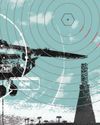
INSIDE OUT OR OUTSIDE IN?
What kind of pilot should you be?
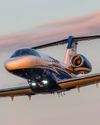
WE FLY: CESSNA CITATION CJ4 GEN2
THE FLAGSHIP CJ JUST GOT A WHOLE LOT BETTER.